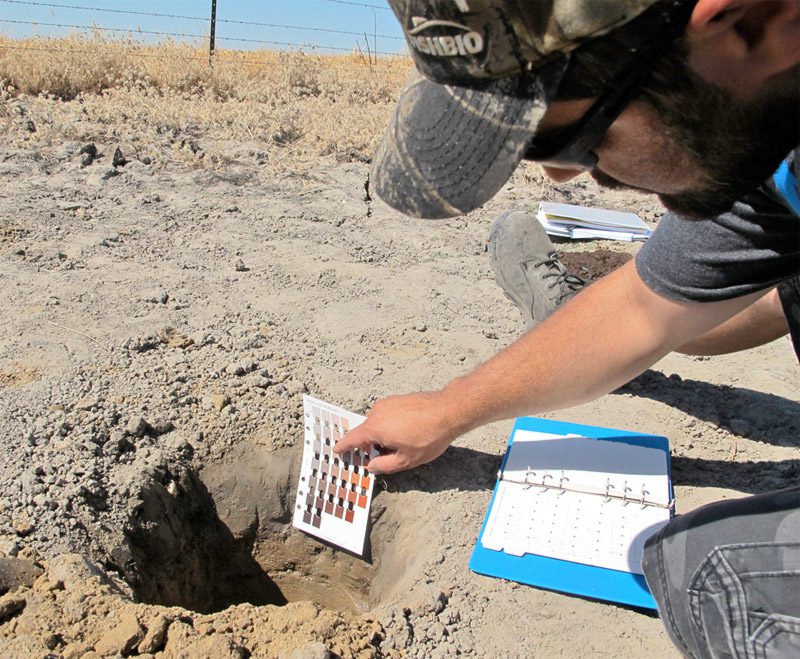Friday July 27, 2012

When looking at soil, the most obvious property is color. Soil color can tell us about the amount of organic matter present, the mineral composition and the moisture regime. Geologists recognize over 170 different soil colors, most of which are shades of black, brown, red and white. Soil scientists predominantly use the Munsell color notation system for describing color. The Munsell system uses a numeric scale that identifies three color characteristics: hue, value and chroma. The hue refers to the dominant spectral wavelength of light (e.g., red, yellow, green, blue). Value refers to the amount of light reflected, or the lightness or darkness of the color. Lastly, chroma refers to the relative purity or strength of the spectral color (higher chroma colors are more saturated or vivid). Why do we care about soil color? Color is a characteristic that we take into consideration when identifying hydric soils (formed under conditions of saturation) and soils in potential wetland habitats.
